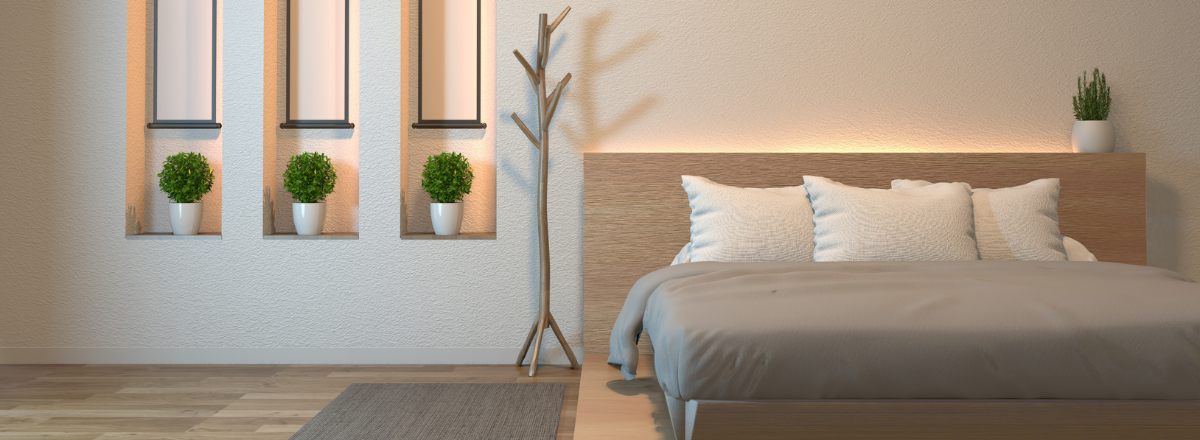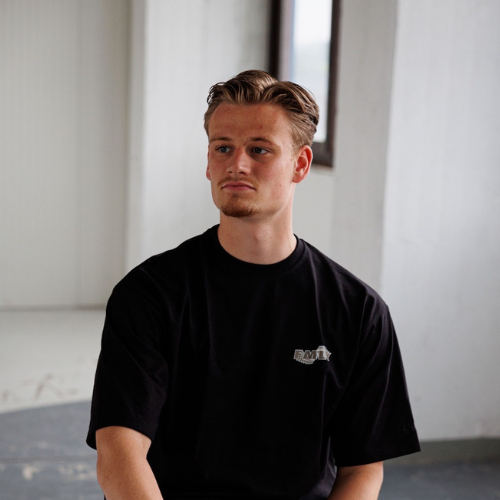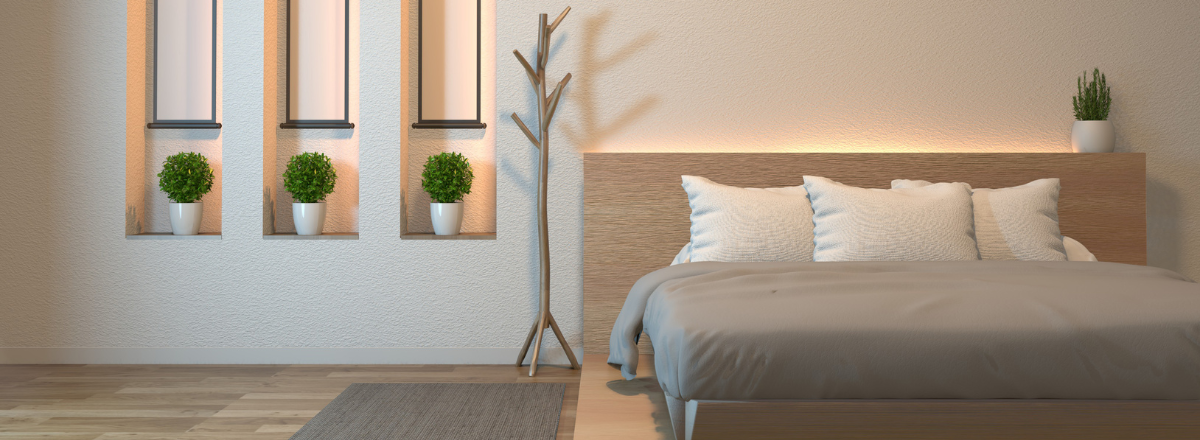Getting a good night’s sleep really depends on how comfy your bedding is. But when it comes to temperature control—keeping you cool in summer and warm in winter—picking the right coverless comforter is key. Two popular names in this category are Zelesta and HappyBed. Which of these two gives you the best temperature control all year round? We’ll walk you through a full comparison and explain why the HappyBed comforter is the go to solution for comfy nights, no matter the season.
Why is temperature control so important?
Nobody wants to wake up sweaty in the summer or shivering under a thin comforter in winter. That’s why temperature control is such a big deal when picking your bedding. A well designed comforter adapts to your body temperature and the room, so your sleep isn’t disturbed.
Both Zelesta and HappyBed promise innovative ways to manage temperature. Let’s dive into the details to see how each brand performs and what sets them apart.
1. Materials and breathability
The material you pick is super important for how well a comforter manages temperature. Let’s check out what both brands use.
Zelesta Duvet
The Zelesta comforter is made from synthetic microfibers. These fibers are light and feel soft, but when it comes to ventilation, they’re not the best. Microfibers are known for trapping heat, which means they’re not so great at stopping you from overheating on warm summer nights.
- Pros: Soft and lightweight.
- Cons: Not very breathable and not great for hot summer days.
HappyBed Duvet
HappyBed uses top quality natural bamboo fibers, a material known for being super breathable. Bamboo fibers help regulate your body temperature and let air flow through easily, so you stay nice and cool in summer. At the same time, they keep you warm on chilly nights.
- Pros: Super breathable, moisture wicking, and perfect for any temperature.
- Cons: Nope—bamboo fibers give you the best of both worlds.
Winner: HappyBed stands out because it uses bamboo fibers, which can feel cool or warm depending on what your body needs.
2. Comfort and seasonal adjustment
Comfort is all about warmth, lightness, and softness. How well do Zelesta and HappyBed adjust to different seasons?
Zelesta Duvet
Zelesta's soft, lightweight design is nice in milder months, but the material doesn't really sense or adjust to extreme temperatures. Some people say the duvet is too hot in summer and too cold in winter.
- Pros: Light and cozy in spring and fall.
- Cons: Not great in really hot or cold seasons.
HappyBed Duvet
The HappyBed duvet is specially made to keep you comfy all year round. Thanks to the natural temperature regulating powers of bamboo fibers, it feels cool in summer and keeps you warm in winter. Plus, the material is silky soft, so it's super comfy even for sensitive skin.
- Pros: Adapts to every season, soft and luxurious.
- Cons: None.
Winner: HappyBed scores higher again because it can handle any season without losing comfort.
3. Moisture control and hygiene
Do you often sleep in a hot or humid room? Then a duvet that gets rid of moisture well can make a huge difference.
Zelesta Duvet
Zelesta's synthetic microfibers can trap moisture, which can make you feel sticky and uncomfortable if you sweat at night. That means the duvet doesn't stay as fresh, especially in hot or humid weather.
- Pros: Basic moisture absorption.
- Cons: Not enough for people who sweat a lot at night.
HappyBed Duvet
HappyBed's bamboo fibers naturally regulate moisture. They soak up sweat fast and get rid of it, so your duvet stays dry and fresh. That makes HappyBed perfect for people who sweat at night or sleep in a humid room.
- Pros: Always dry and fresh, no matter what.
- Cons: None.
Winner: HappyBed uses bamboo fibers for top notch moisture control and stays super hygienic.
4. Sustainability and eco friendliness
Both brands promise quality, but what about their environmental footprint?
Zelesta Duvet
Since it's a synthetic product, the Zelesta duvet isn't very durable. Microfibers have a big impact on the environment and don't hold up well to heavy use, so you'll need to replace them sooner.
- Pros: Affordable choice for the short term.
- Cons: Big environmental impact and doesn't last as long.
HappyBed Duvet
The HappyBed duvet isn't just sustainable, it's also good for the environment. Bamboo grows fast and needs less water and pesticides to grow. Plus, the material is super strong, so it lasts way longer.
- Pros: Sustainable, eco-friendly, and super durable.
- Cons: None.
Winner: HappyBed totally beats Zelesta with its eco-friendly choices and long lifespan.
Conclusion
If you're looking for a duvet without a cover that nails temperature control all year, the winner is obvious HappyBed. Thanks to the use of natural bamboo fibers, it offers amazing breathability, moisture control, and comfort in every season. Plus, it's sustainable and good for the planet, so it's both a smart and responsible choice.
Why choose HappyBed?
- Top notch temperature control thanks to bamboo fibers.
- Comfy and adapts to every season.
- Moisture regulating for a fresh and dry feel.
- Sustainable and eco-friendly.
Go for it today HappyBed and see for yourself how effortlessly your sleep comfort stays perfect all year round!

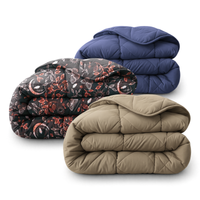



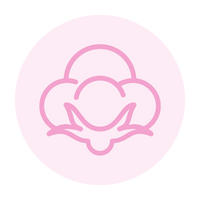



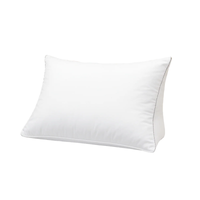
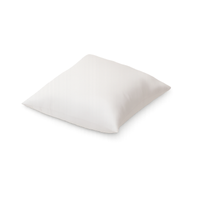

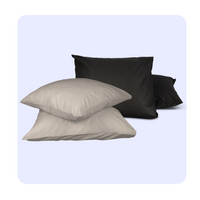
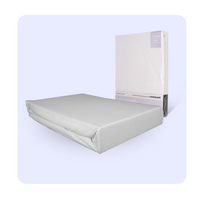
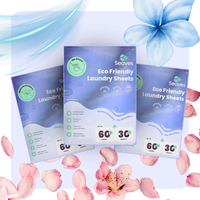
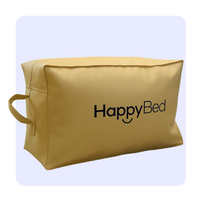

 Continue shopping
Continue shopping